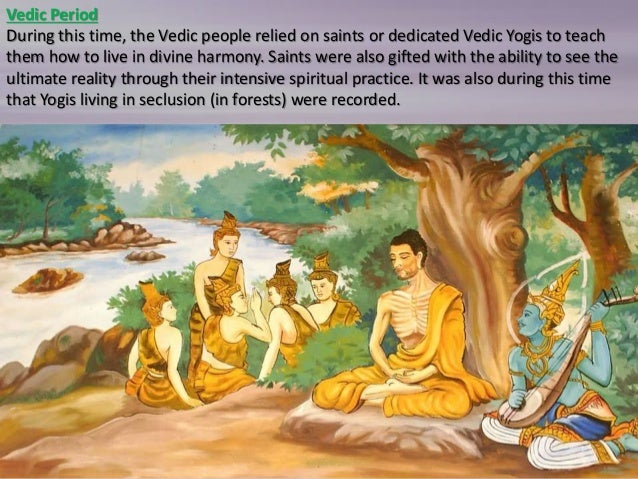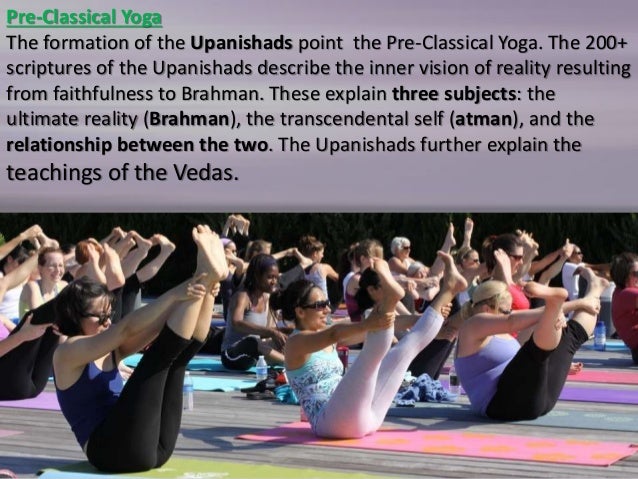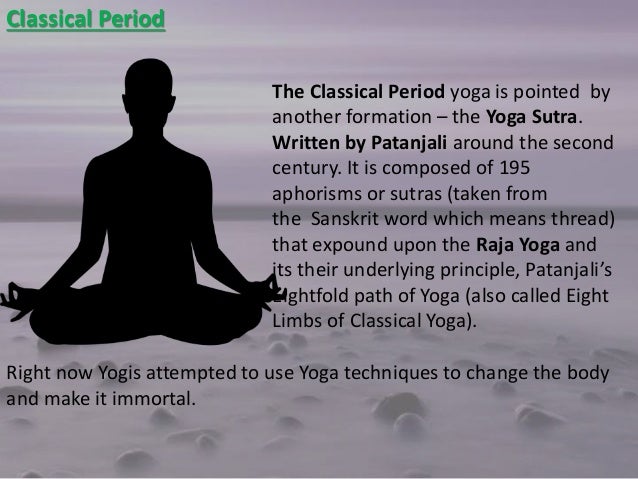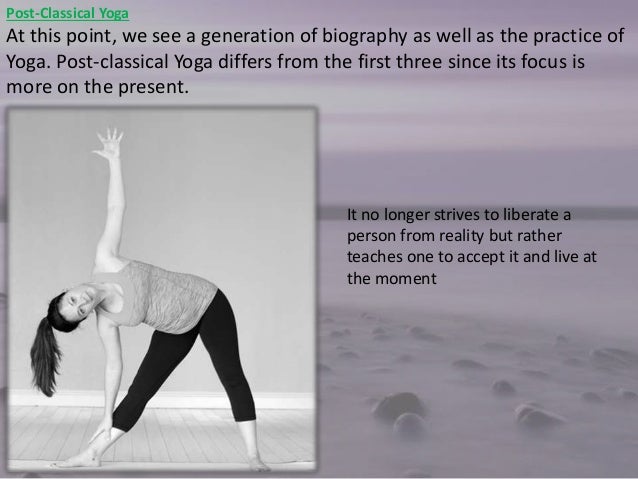Yoga History:

Fig: The Journey into the History of Yoga
Yoga is more than mastering postures and increasing your flexibility and strength.
"The traditional purpose of Yoga, however, has always been to bring about a profound transformation in the person through the transcendence of the ego,"
In Hinduism, Buddhism and Jainism the word yoga means "spiritual discipline". People often associate yoga with the postures and stances that make up the physical activity of the exercise, but after closer inspection it becomes clear that there are many more aspects of yoga. It is an activity that has been practiced for thousands of years, and it is something that has evolved and changed overtime. Different factions of yoga have developed since its conception.
The exact history and origins of yoga is uncertain; however, there are pieces that have been connected and allow us to make some conclusions. It is known that yoga originated from the East. The earliest signs of yoga appear in ancient Shamanism. Evidence of yoga postures were found on artifacts that date back to 3000 B.C. Evidence of yoga is found in the oldest-existing text, Rig-Veda. Rig-Veda is a composition of hymns. Topics of the Rig-Veda include prayer, divine harmony, and greater being.
"The primary goal of shamanism was to heal members of the community and act as religious mediators,".
Yoga originally focused on applying and understanding the world. Its focus later changed to the self. Self-enlightenment became the ultimate goal.
It was not until the sixth century B.C. that the poses and meditation became a critical element. They were implimented by Buddhist teachings.
Actually, No one knows exactly how old yoga is. It originated as long as 10,000 to 5000 years ago. It was passed down orally and has gone through much evolution. The earliest reference to Yoga was found when archeological excavations were made in the Indus valley - an amazing powerful and influential civilization in the early antique period.
The History of Yoga is defined as four periods:
** Vedic Period,
** Pre-Classical Period,
** Classical Period,
** Post Classical Period and
** The Modern Period
Description Below:--
The Vedic Period:-

The next reference to yoga is found in the Rig Veda, the oldest sacred text in the world. The Vedas, dating back to 1500 and 1200 BC, are a collection of hymns, mantras and brahmanical rituals that praised a greater being. Yoga is referred to in the book as yoking or discipline without any mention of a practice or a method to achieve this discipline. The Atharva Veda too mentions yoga with a reference to controlling the breath.
Pre-Classical Period:-

The creation of the Upanishads, between 800 to 500 BC, marks the period called Pre-Classical Yoga. The word Upanishad means to sit near and implies that the only way a student could learn the truths inscribed in the texts was by sitting close to a guru.
The Maitrayaniya Upanishad outlined a six-fold path to liberation. This six-fold yoga path included controlling the breath (pranayama), withdrawing the senses (pratyahara), meditation (dhyana), concentration (dharana), contemplation (tarka), and absorption (samadhi). Patanjali's Yoga Sutra was later to mirror these paths with greater elucidation and a few additions.
Two yoga disciplines gained prominence at this time: karma yoga (path of action or ritual) and jnana yoga (path of knowledge or study of the scriptures). Both paths led to liberation or enlightenment. The Bhagavad-Gita, composed around 500 BC later added the bhakti yoga (the path of devotion) to this path.
It was at the time of the Upanishads that the idea of ritual sacrifice was internalized and became the idea of sacrifice of the ego through self-knowledge, action and wisdom. This remains an important part of yoga's philosophy today. As with the Vedas, the Upanishads contained nothing of what we would term as yoga asana practice today. The first and probably most important presentation of yoga came in the next period.
Classical Period:-

Written some time in the second century, Patanjali's Yoga Sutras created a milestone in the history of yoga, defining what is now known as the Classical Period. This set of 195 sutras (aphorisms) is considered to be the first systematic presentation of yoga, and Patanjali is revered as the father of yoga.
Patanjali defined the eight-limbed path of yoga (ashtanga yoga), which described a practical treatise on living and laid out a path for attaining harmony of the mind, body and soul. Strict adherence to which would lead one to enlightenment. The sutras still serve as a guideline for living in the world, although modern yoga no longer sees the need to master the eight limbs in succession.
Post-Classical Period:-

It was in this period that the belief of the body as a temple was rekindled and yogis designed a practice to rejuvenate the body and to prolong life. It was no longer necessary to escape from reality; instead the focus was more living in the moment and on the correct path. The exploration of the spiritual and the physical halves and the need to harmonize the mind, body and spirit led to the creation of Tantra yoga, to cleanse the body and mind, and to Hatha yoga in the ninth or tenth century.
The Modern Period:-

Yoga in its present avatar owes a lot to learned gurus who traveled west to spread the benefits of yoga, or researched and created different schools of yoga. In 1893 Swami Vivekanada addressed the Parliament of World Religions in Chicago and spoke about Raja yoga. Swami Sivanada wrote several books on yoga and philosophy and introduced the five principles of yoga. J.Krishnamurti, the prolific Indian philosopher, influenced thousands with his writings and teachings on Jnana yoga.
The defining epicenter of modern day yoga, as practiced in the west, began with Krishnamacharya, Mysore India in 1931.
T Krishnamacharya opened the first Hatha yoga school in the 1920s. Three of Krishnamacharya's most famous pupils were-Pattabhi Jois, who developed the school of Ashtanga vinyasa yoga, Indra Devi who introduced yoga to Hollywood, and B.K.S. Iyengar, who created Iyengar yoga known for its attention to body alignment and for its use of props.
Since then, many more yoga gurus have become pioneers, popularizing yoga and finding new styles in keeping with the changing times. Today there are limitless styles of yoga, all based on ingredients from the different paths of yoga.
Yoga in America has been more focused on the Asana side of the practice, but a true yogi knows there is much more to the experience. I always advise students to try different styles and you will find one that gives you the most enrichment.
A Brief History of Yoga:
-------------------------------------- 000 --------------------------------------

0 Comments